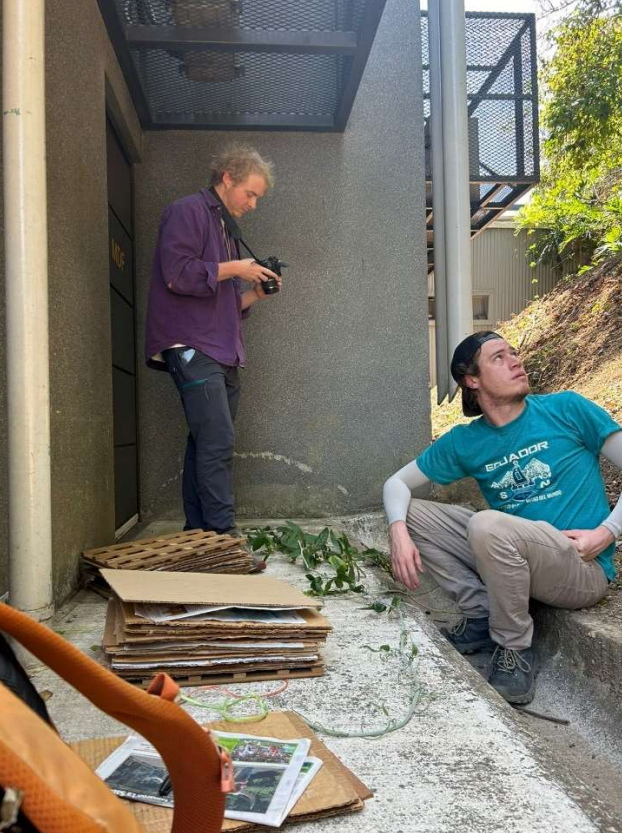 Below is a summary of three different legs of my trip, which included work in collection, the field, and attendance of the Monocots VII Conference.
Below is a summary of three different legs of my trip, which included work in collection, the field, and attendance of the Monocots VII Conference.
Collections (04—05 March): For two days, I spent time in the three major herbaria of Costa Rica, including INBIO (now managed by the Museo Nacional de Costa Rica), the Museo Nacional de Costa Rica, and the Universidad de Costa Rica. I split my time between photographing all Smilax specimens and annotating as many un-/misidentified specimens as I could. In all, I photographed 1,477 specimens, which will be invaluable for ongoing studies that require distribution records and morphological study. During these visits, I met many botanists from Costa Rica, who I have long only known by name, including Mario Blanco (former PhD student at FLMNH).
Fieldwork (06—10 March): For five days, I conducted fieldwork with Esteban Jiménez (University of Florida), Rafael Acuña Castillo (Universidad de Costa Rica), Anthony Ramos, and Maria Pagoaga in the Pacific region of Costa Rica. I collected seven species, one of which is suspected to be undescribed (Fig. 1). Additionally, I collected multiple morphotypes of two species complexes, Smilax domingensis and S. mollis (Fig. 2), which will be crucial to include in morphological and phylogenetic datasets to better understand species limits in these widespread and taxonomically vexing groups. I collected specimens to be deposited at the herbarium of the Universidad de Costa Rica, took photographs of Smilax in situ, preserved leaf material on silica for phylogenetic study, and placed stems and leaves in formalin-aceto-alcohol for future anatomical research.
Monocots VII Conference (11—15 March): I attended the Monocots VII Conference, which is an international conference held every 5—7 years to bring researchers who focus on the study of evolution of the monocotyledon clade of angiosperms. During this time, I met many researchers from across the world and discussed recent advances in monocot systematics, particularly with the use of increasingly popular phylogenomic methods. Major highlights included keynote talks by researchers from Kew Gardens, who highlighted large-scale projects to assemble the angiosperm tree of life and the detection of biodiversity “darkspots”, where the world’s flora remains poorly documented and described. I also had the opportunity to discuss possible collaborations with researchers concerning fossils and biogeographic disjunctions in South America. For the remaining two days in Costa Rica, I spent my time organizing all of the material collected in the field to be deposited in the herbarium at the Universidad de Costa Rica.
Thomas Murphy is a graduate student pursuing a Ph.D. through the College of Liberal Arts and Sciences, Department of Biology, advised by Dr. Lucas Majure, Assistant Curator of the Herbarium here at the Florida Museum.
The 2024 Spring Student Travel Awards are supported by the FLMNH Department of Natural History, including funds from the Louis C. and Jane Gapenski Endowed Fellowship. If you would like to help support this fund for future student awards, please go to:
Louis C. and Jane Gapenski Endowed Fellowship